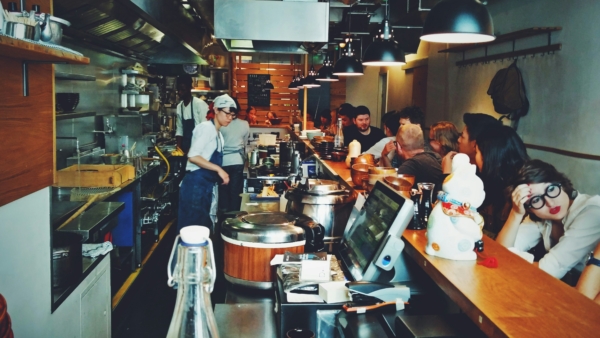Beginner’s Guide to Accounts Payable for Restaurants

Managing accounts payable (AP) for restaurants efficiently is vital to running a successful restaurant. From keeping up with invoices to negotiating better payment terms with suppliers, these steps can ensure smoother operations, improved cash flow, and stronger relationships with your vendors.
Let’s explore key strategies for streamlining your restaurant’s AP process.
1. Understand the Basics of Accounts Payable
Before diving into advanced strategies, it’s important to understand the fundamentals of accounts payable. AP refers to the money a restaurant owes to suppliers for goods and services received, like food ingredients, beverages, and equipment. Proper AP management ensures timely payments and helps maintain positive relationships with vendors.
Key components of AP include:
- Invoices: Detailed records of goods/services delivered and the cost.
- Purchase Orders (POs): Documents outlining what was ordered and the agreed price.
- Payment Terms: The timeframe within which payment is expected, such as “Net 30” (payment due in 30 days).
Effective AP management is critical for a restaurant’s cash flow. Without it, unexpected expenses or delayed payments can disrupt operations and financial health.
2. Negotiate Favorable Payment Terms with Suppliers
One of the simplest ways to improve your cash flow is by negotiating better payment terms with your suppliers. By working out more favorable arrangements, you can give your restaurant more breathing room to manage cash flow effectively.
Some strategies for successful negotiation include:
- Bulk Purchasing: Suppliers might offer discounts for buying in larger quantities.
- Long-term Contracts: Securing a long-term agreement can result in more flexible payment terms.
- Building Relationships: Establishing strong, trust-based relationships with suppliers can lead to greater flexibility when you need it most.
3. Regularly Review and Reconcile Invoices

Invoice reconciliation is crucial to maintaining accuracy and preventing financial losses. By regularly matching invoices with purchase orders and delivery receipts, you can spot discrepancies early and resolve them quickly. This step ensures that you’re only paying for what you ordered and received.
Using software tools for invoice reconciliation can streamline this process, making it easier to detect errors, reduce manual work, and maintain accuracy in your records.
4. Establish a Consistent Payment Schedule
A consistent payment schedule not only helps maintain strong relationships with suppliers but also makes budgeting and forecasting more predictable. By sticking to a clear schedule, restaurants can avoid late fees and prevent surprises in cash outflows.
Automation can be a game changer here. By using an automated AP system, restaurants can ensure that payments are processed on time without manual intervention, reducing the risk of late fees or missed payments.
5. Stay Compliant with Tax Regulations
Staying on top of tax obligations related to accounts payable is crucial for avoiding penalties. Ensuring proper documentation of all AP transactions makes it easier to manage audits and stay compliant with regulations.
It’s wise to seek guidance from a tax professional or accountant to ensure your restaurant is adhering to tax laws and keeping accurate records for deductions, payments, and compliance. We are not offering legal or tax advice, only recommending that you seek it out from a trained and/or licensed tax professional.
6. Keep Consistent Records and a Source of Truth
Consistency is key when managing AP records. Keeping up-to-date data ensures that your team is aligned and financial information is accurate. Having a single “source of truth”—a central location where all financial data is stored and regularly updated—can help avoid confusion and errors.
It’s equally important to educate yourself and your staff on the financial technology in use, like ERPs, AP tools, and your online ordering software. Knowing the full capabilities of your systems can help you get the most out of them, improving both AP management and overall financial operations.
By mastering these key aspects of accounts payable, restaurants can improve cash flow, avoid costly errors, and build stronger relationships with their suppliers. With the right strategies and tools, managing AP can become a seamless part of running a successful restaurant business.






